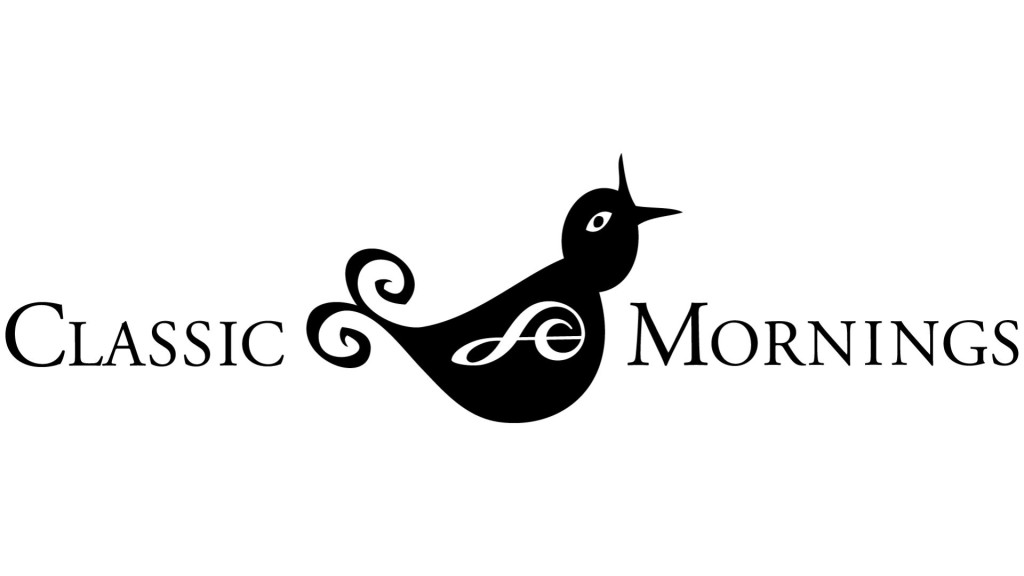Silver And Gold

After a quarter of a century, it still hasn’t tarnished. The CD is in remarkably good shape too, given all the times I’ve played it over the years.
I’m guessing you’ve heard me play that guitar concerto of sorts, which actually is an arrangement of Franz Schubert’s “Arpeggione” Sonata. I was so excited when I first heard it! That might explain why I never paid close attention to what guitarist John Williams wrote about it in the CD notes back in 1999.
Simply said, Franz Schubert played the guitar. Williams related a story of one of Schubert’s visiting friends often finding the composer still in bed, singing a newly composed song, and accompanying himself with a guitar. “These ‘accompaniments’ were eventually all written properly for the piano, which has so many more possibilities than the guitar in range, choice of key and harmonic progression – in short, many more notes!”
Williams said that Schubert wrote the ‘Arpeggione’ Sonata for Vincent Schuster 200 years ago, in 1824. The arpeggione was a six-stringed instrument with frets and tuning like a guitar, but held between the knees and played with a bow.
I learned from a 2018 article by Inge Kjemtrup in String Magazine that the arpeggione was also known as a bowed guitar, violoncello guitar, or guitarre d’amore (literally, guitar of love). Kjemtrup explained that Schubert owned a guitar made by the Viennese luthier Johann Georg Staufer. Staufer also made arpeggiones. His early ones resembled guitars. Eventually, the arpeggione took on characteristics of the cello.
In his article, Kjemptrup quoted guitarist Peter Yates, who learned to play the arpeggione. Yates said that because there are six strings which resonate sympathetically, you can’t play aggressively. So it’s a gentler sounding instrument. He believes that contributed to its short life, since it couldn’t compete with instruments of the violin family. Nor could it be heard in larger concert halls that were being built. Kjemptrup added that after Schubert’s death in 1828, his sonata and the instrument were forgotten. The sonata was first published in 1871, along with a version for cello and piano. That became the “standard” version of the work. I’ve heard arrangements in which a viola or flute is accompanied by the piano.
Williams merely chose to arrange for his instrument a composition written by a guitar player for an instrument much like a guitar. He said the only problem was that a guitar accompanied by piano “is not a good combination.” So he asked composer Chrstopher Gunning to arrange the piano part of the sonata for string orchestra. The rest is a quarter of a century of history, with Williams joined by the Australian Chamber Orchestra, conducted by Richard Tognetti (Sony 63385). It’s fine “silver.”
Two years ago, the Brodsky Quartet from England celebrated its golden anniversary. That’s impressive. So what do they do for an encore? Actually, they’ve been involved in arranging all sorts of pieces as encores from the earliest days of their performing. Cellist Jacqueline Thomas and violist Paul Cassidy have been with the group since the outset. Thomas tells the story of their teenage years, looking to play the newest works for string quartet, including those of Dmitri Shostakovich, all of which they eventually recorded.
But she remembers that they also were asked to play light music for parties and events. So, in addition to performing and recording much of the string quartet repertoire over the years, they added little encore pieces, which they arranged from various musical genres. When they celebrated earlier milestone anniversaries, they released recordings of some of those encore pieces. They did that last year for their 50th anniversary as well. The recent collection is called Golden Oldies - More Favorite Encores (Chandos 20230). Some of the pieces they’ve played over the years, and some are new arrangements.
Jacqueline Thomas recalls the popularity of Scott Joplin’s music in the early 1970s, especially with the release of the film The Sting, which featured music by Joplin. The quartet enjoyed playing arrangements of Joplin’s rags back then. She revisited her arrangement of Joplin’s Solace – A Mexican Serenade, a piece that’s heard quite a few times in the film. She said her arrangement needed some tweaking, but she admits it wasn’t half bad for a 13-year-old. It’s a charming rendering. I chose it to introduce the recording on Classic Mornings.
There are some arrangements dedicated to former members of the ensemble, as well as some by the group’s violinists: Krysia Osostowicz and Ian Bolton. It’s much like a musical family reunion, with the current players all having pitched in to provide the musical fare for the celebration.
Count on me to provide the music when you join us for Classic Mornings! Tune in Monday through Friday from 9-noon on FM 90.9 or online at will.illinois.edu.

